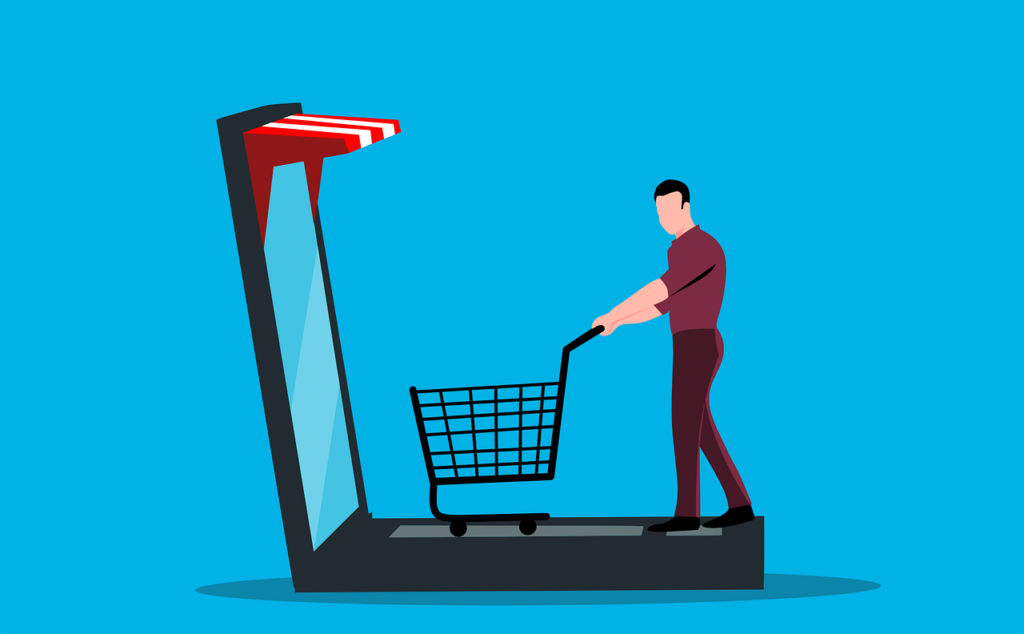The definition of customer needs has evolved rapidly in recent years and getting to know what customers want can give your business the edge it needs over competitors who are stuck in prehistoric operating modes. Customer development is all about figuring out what your audience really wants and offering that back to them. It is not just customer service; it is about creating a more lasting bond combining how to grow your products and services with growing customer know-how.

1. Start with Deep Listening
Instead of guessing what your customers are thinking, ask them. Hold regular surveys, focus groups of client interviews. Gather input on anything from specific product functionality to UX. Deep listening reveals the pains and areas where you can fix things (up for improvement).
Use feedback forms, email surveys or social media polls to keep your customers on their toes everywhere.
2. Create Customer Personas
Detailed Customer Personas to help you match your business with consumer wish lists “Fictional Characters that you made up with all the behavior, demography and pain points of your segments.” You can then craft your marketing, product development and support strategies for each persona if you want to engage more acutely.
3. A/B Testing for Product Improvements
It’s not just about asking questions; it’s about testing hypotheses. Use A/B testing to try different product features, website designs, or service models and analyze customer reactions. This data-driven approach will show what resonates most with your audience.
Example: Test different checkout experiences to see which increases conversions or reduces cart abandonment.
4. Observe Customer Behavior
Customer development is as much about observation as it is about communication. By analyzing user behavior on your site or app, you can identify friction points that might not come up in direct feedback. Tools like heatmaps and click tracking provide insights into how users interact with your website, allowing you to optimize their journey.
5. Build Strong Relationships Through Community
Building a community around your brand allows you to engage with customers on a more personal level. A loyal community will share feedback, recommend your products, and offer insight into how you can improve. Encourage interactions via social media, online forums, and events.
Tip: Offer exclusive content, early access to products, or create online spaces for customers to interact with one another.
6. Adapt and Innovate Based on Feedback
Customer development isn’t a one-time process—it’s continuous. Use the insights gathered from customer feedback to constantly iterate and improve your product or service. Businesses that adapt based on customer input remain competitive and can even create new markets for themselves.
According to a 2022 report, businesses that prioritize customer feedback are 60% more likely to experience faster growth than those that don’t.
7. Customer Success Teams: Proactive Support

Implement a customer success team that’s focused on the long-term happiness of your clients. Unlike reactive customer service, customer success teams proactively ensure that users are getting the most value out of your products. This approach leads to higher retention rates and stronger relationships.
Why Customer Development Matters
Incorporating customer development into your strategy helps you:
- Build loyalty through tailored products and services.
- Uncover hidden needs or problems.
- Stay ahead of market trends and competitors.
- Create long-term relationships with customers.
- Increase customer retention and satisfaction.
By focusing on understanding your customers and continuously evolving based on their needs, your business will not only grow but thrive in a competitive landscape.
Conclusion
Incorporating customer development as a strategic initiative ensures you stay aligned with what truly matters to your audience. Softsys Hosting provides businesses with reliable hosting solutions, enabling them to scale and optimize their online platforms to better engage with customers.